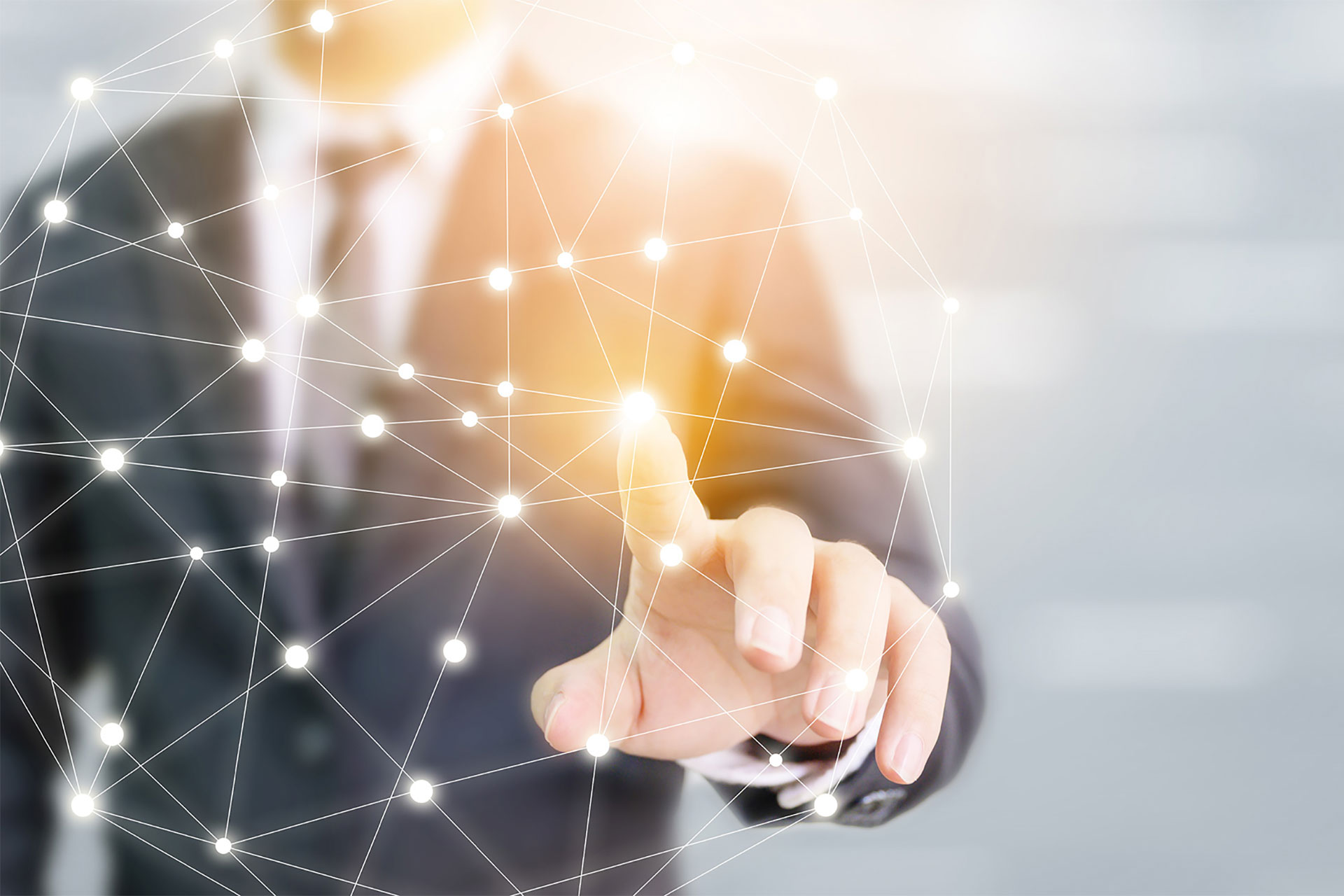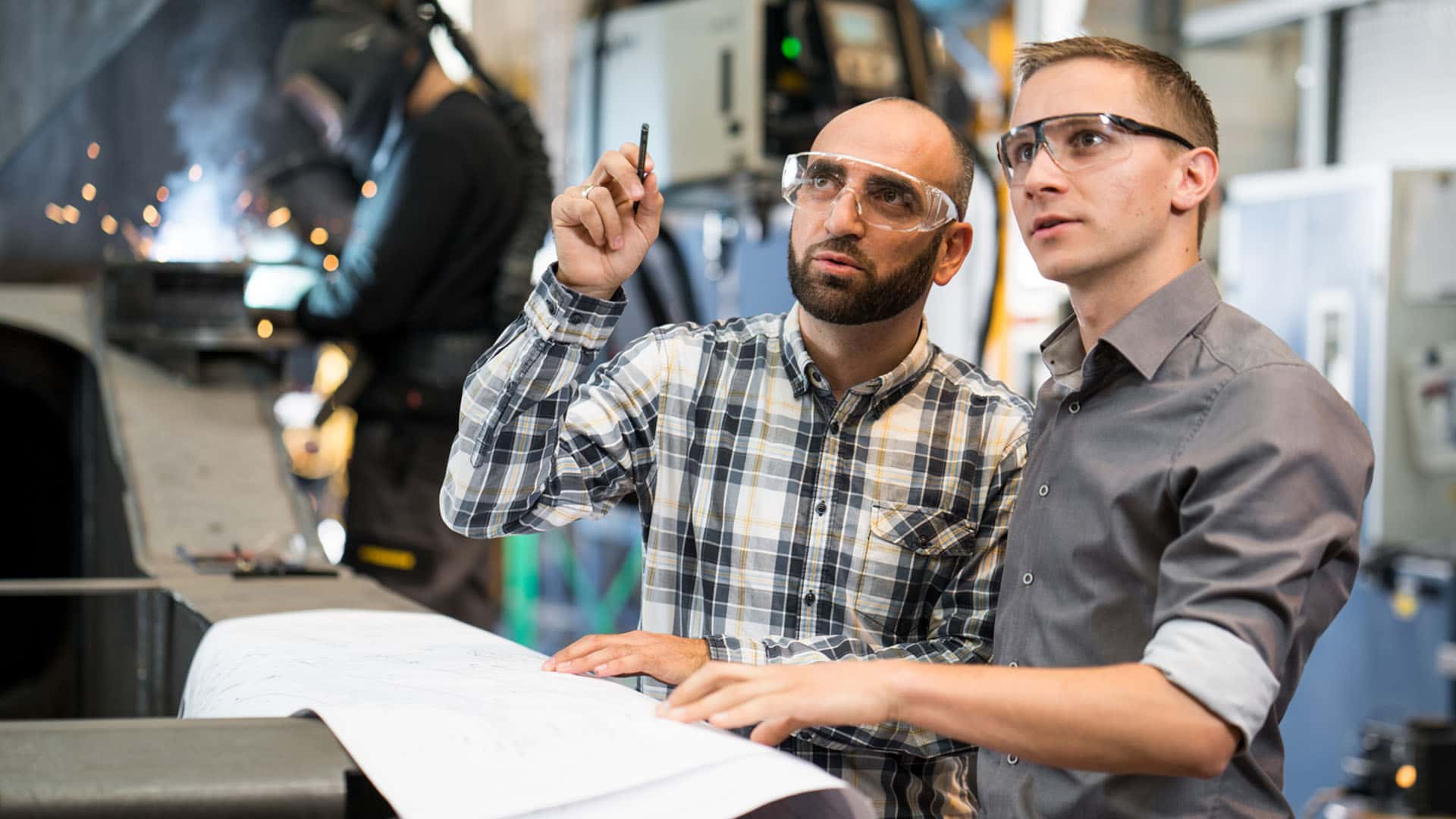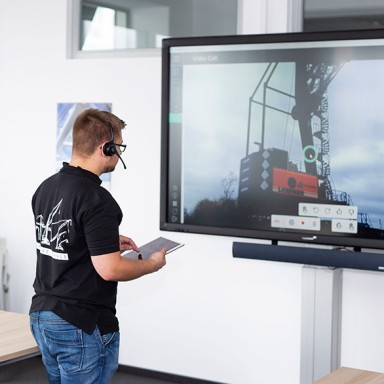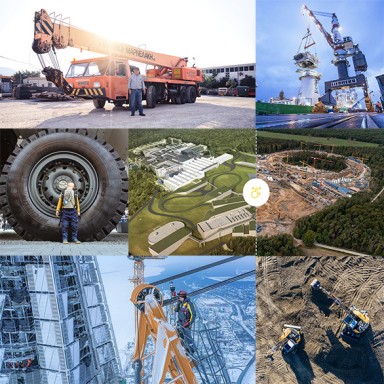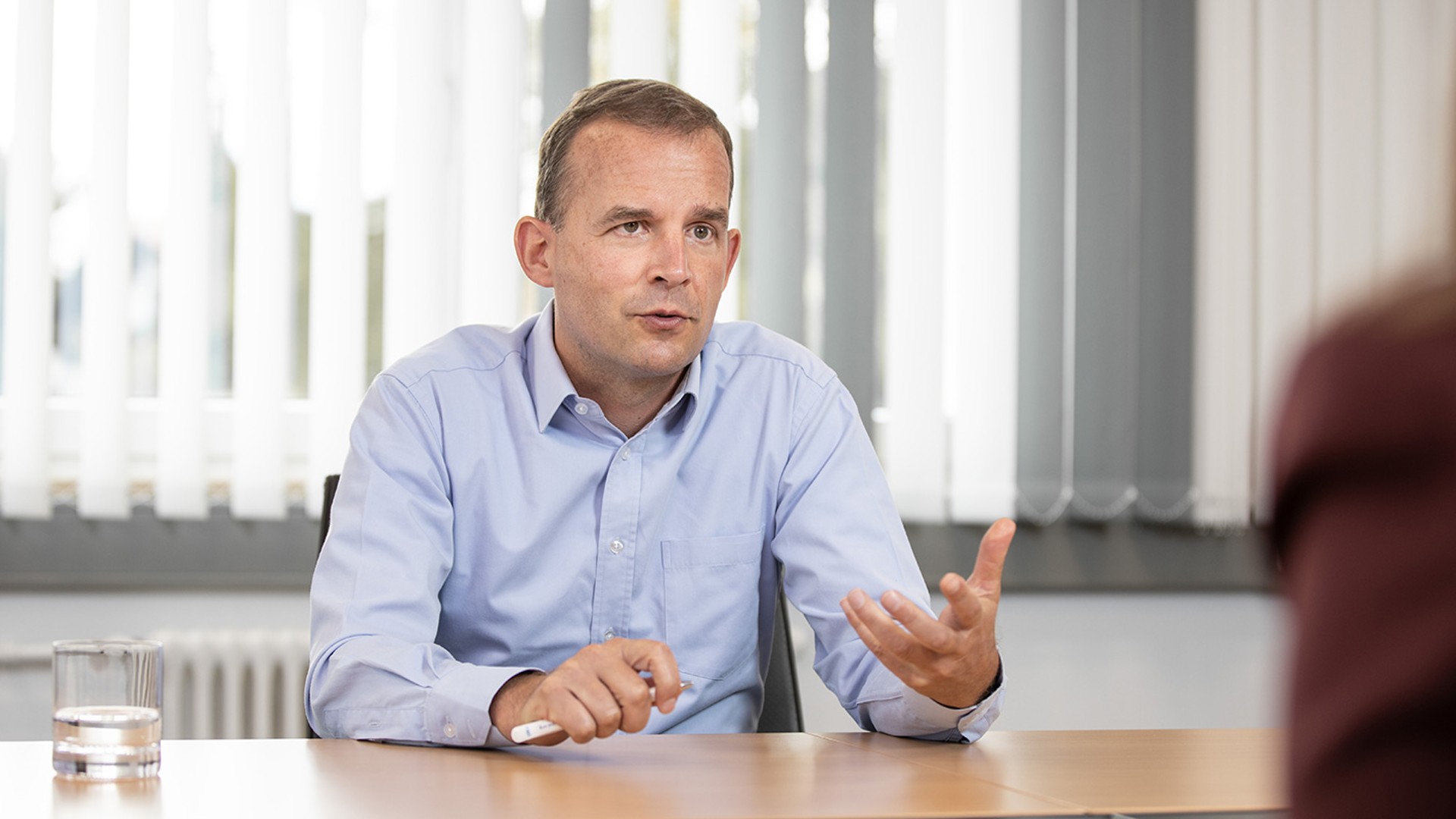
5 minutes reading time
Coordinating digital efforts
Digitalisation disrupts and transforms how companies will operate in the future. How does a diversified Group like Liebherr deal with this shift? 5 questions for Kjeld Jespersen from Liebherr-International AG.
Digitalisation at Liebherr
With the aid of new information technologies and digital data, new solutions and business models will be developed to help customers deal with the challenges they currently face. Liebherr is working systematically to stay one step ahead in this digital transformation. Kjeld Jespersen from Liebherr-International AG outlines this process and illustrates how important it is to maintain a good balance between centralised efficiency and front-line business integration in order to coordinate this effort.
01
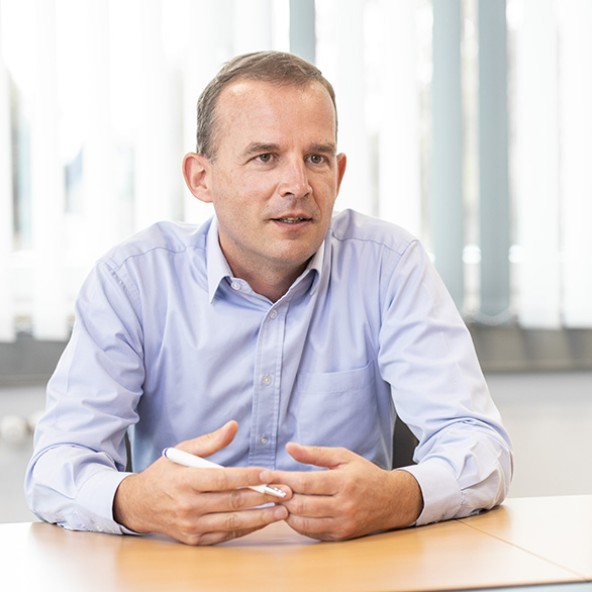
Mr. Jespersen, how does digitalisation affect the Liebherr Group?
Digitalisation affects all of our divisions. Ultimately, we have to answer the following question: How can we deliver on our promise of providing the highest quality products and services and go one step further to drive innovation and efficiency through digital means?
We see digitalisation as an opportunity to enhance existing services and to develop completely new business models. Digitalisation will allow us to make existing services even more efficient, such as condition monitoring. At present, it can take more than one visit from a service technician to repair machinery: one visit to identify the problem and another one to fix it. Using digital tools to identify the problem remotely, such as the for crawler cranes, deep foundation equipment and maritime cranes, speeds up this process and means that the service technician can arrive at a construction site with the right tools and parts.
Digital solutions will also allow us to solve our customers’ current challenges using completely new digital services. One example of this is the development of the Crane Planner 2.0 where we have bundled our expertise in jobsite installations into a format that will allow our customers to select the ideal equipment for their jobsite.
Ultimately, we have to answer the following question: How can we deliver on our promise of providing the highest quality products and services and go one step further to drive innovation and efficiency through digital means?
02

What is the greatest challenge the Liebherr Group will face in coordinating this digital transformation?
The greatest challenge will be to effectively manage and prioritise our digital efforts as a diversified company. While digitalisation offers a whole array of new technologies, it is vital not to lose sight among these possibilities, but to ensure that new technologies ultimately serve our customers. This is in fact one of the considerable strengths of our divisional structure: every division is in very close contact with its customers, understands the challenges they are facing, and can come up with individually tailored solutions.
However, at the same time it is equally important to continue to work on identifying overlaps between the divisions. Rather than exploring one technology separately in various divisions, we need to bring the right people together across divisions to achieve this. Sharing experiences transparently and collaborating on common issues enables us to use synergies and drives efficiency.
03
What measures are you taking to promote transparency and collaboration between divisions?
We have established a digital governance structure to manage the digital project portfolio, facilitate cross-divisional collaboration, and oversee a network of internal experts. At the top level of this structure, we have initiated a digital board that consists of the divisions’ managing directors and acts as a decision-making body. It agrees on cross-divisional approaches and the best practices to be adopted by all divisions.
Below this level, we have established a strategic advisory board as well as technology groups. The technology groups explore external technology trends and share experiences across divisions, while the strategic advisory board examines the strategic side of things and possible new business models.
Defined project teams then work together on cross-divisional projects. We have also established task forces that look specifically into the necessary infrastructure for new digital solutions across the board.
04

What digital trends are you currently exploring in these technology groups?
We have to differentiate between temporary and long-term technology groups. The goal of temporary technology groups is to gain concentrated knowledge about one very specific topic in a short space of time and share this information across divisions. We recently had a group explore building information modelling (BIM), for instance.
Long-term technology groups, on the other hand, periodically bring together experts from all divisions to exchange experiences and best practices on broader topics. This includes a technology group on Analytics & Predictions, where machine data and advanced data analytics are used to predict scenarios and one on Industrial IoT, where the infrastructure and architecture that we’ll need for industrial IoT solutions is explored. While the specific application of a technology and the final product may differ between divisions, there will always be overlaps and the possibility to gain insight from other experiences.
05
Condition Monitoring
The concept of condition monitoring is based on regular or permanent recording of the machine condition by measuring and analysing physical variables.
What are some of the most pressing matters across divisions and industries that could be solved by using digital means?
Two closely-related topics that impact most of our divisions are condition monitoring and remote services. Regardless of whether the Liebherr product is a mobile crane, an aircraft landing gear or a refrigerator – each customer wants their product maintained correctly and relies on our quick customer service to have as little downtime as possible. Different gateways, IoT infrastructure and analytic capabilities provide us with a clearer view of a machine’s current condition, identify problems faster and even use data to predict when maintenance will be necessary in the future.
Another important matter is the use of digital tools to enhance our customers’ experience in communicating with us. In our private lives, we purchase effortlessly through big online retailers, view and manage all our past transactions and can use various media to engage and communicate with the retailer – both online and offline. We believe our customers will expect this kind of digital experience from us as well, while still valuing the close, personal relationships with sales representatives. We will therefore need to answer the question of how we can best use digital tools that will not replace but augment this personal relationship and improve our overall customer experience.

